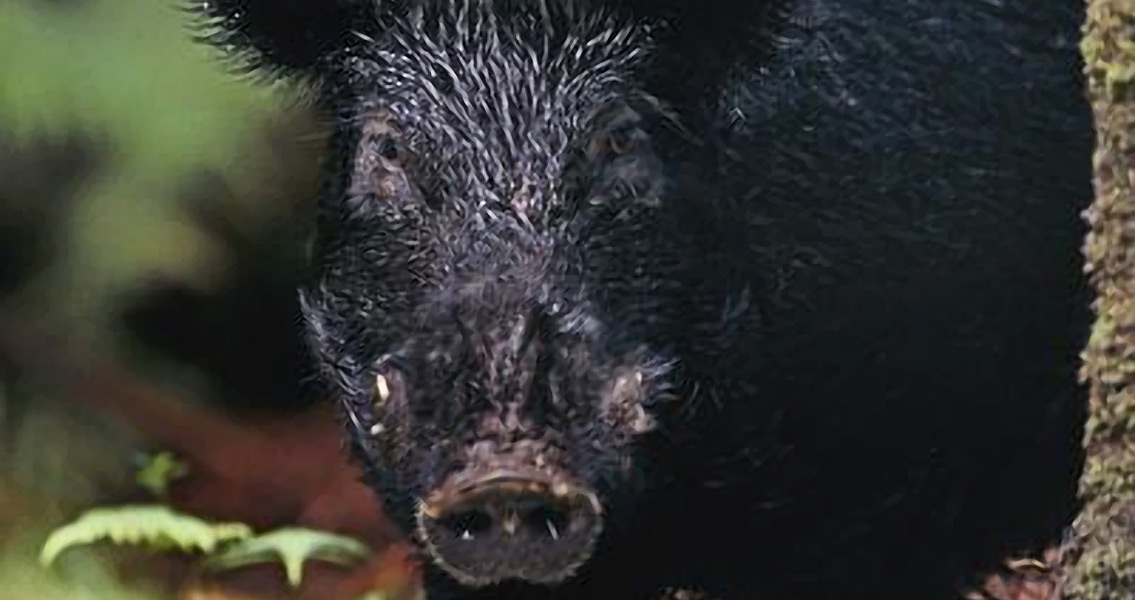<![CDATA[Throughout history humans across the world have deliberately selected and bred black pigs, according to a new study led by scientists from the University of Oxford. Published in the Royal Society Journal, Open Science; the study argues that wild pigs would naturally have camouflaged coats. Human societies however, seem to have a preference for pigs with a black coloured coat, and have selectively domesticated pigs exhibiting that trait on at least three separate occasions in history. It seems that the Polynesians, Europeans and Chinese all had a penchant for black pigs, perhaps due to the novelty of the animals’ colour. The domestication history of pigs is incredibly complicated, in large part because it’s incredibly difficult to distinguish between domesticated and wild pigs in the archaeological record. Archaeologists believe that Sus scrofa (wild boar) were domesticated independently between 9,000 and 10,000 years ago in two locations: eastern Anatolia and central China. After this initial domestication, the pigs accompanied farmers as they migrated across Europe and Asia, eventually arriving in Polynesia. The focus of the latest study, led by Professor Greger Larson from Oxford University, were pigs on Hawaii. The animals have had an important cultural role on the isolated archipelago ever since they were first brought there by the Polynesians some 800 years ago. It has long been a source of debate however, whether the feral pigs there (populations once descended from domesticated pigs but now living in the wild) are descended from the initial Polynesian stock, or from European domestic pigs that arrived with explorer James Cook in 1778. Experienced sailors, Polynesians spread across the Pacific region, bringing dogs, sweet potatoes and chickens, as well as pigs, in their boats; allowing these flora and fauna to spread through the Pacific islands. Larson’s team carried out analyses on the DNA sequences of modern feral pigs on Hawaii, and discovered a ‘novel mutation’ was responsible for their black coat. This discovery was particularly surprising, as the team had expected to find either the European or Asian genetic mutation had led to the black fur. It’s a result which suggests that for thousands of years humans across the globe have been independently selecting and breeding pigs for their black colour. Professor Larson, from Oxford’s Palaeogenomics and Bio-Archaeology Research Network, explained the results in a press release. “The first pigs introduced to Hawaii by the Polynesians were kept as domestic animals. No wild boar have black colours since natural selection only allows camouflaged pigs to survive long enough to reproduce. Humans, on the other hand, love all kinds of coloured coats and have selected for black coats at least three times independently in domestic pigs in Europe, Asia, and the Pacific. In the case of pigs, black has always been the new black.” Image courtesy of Jack Jeffrey Photography ]]>
Black has Always Been the New Black Where Pigs are Concerned
